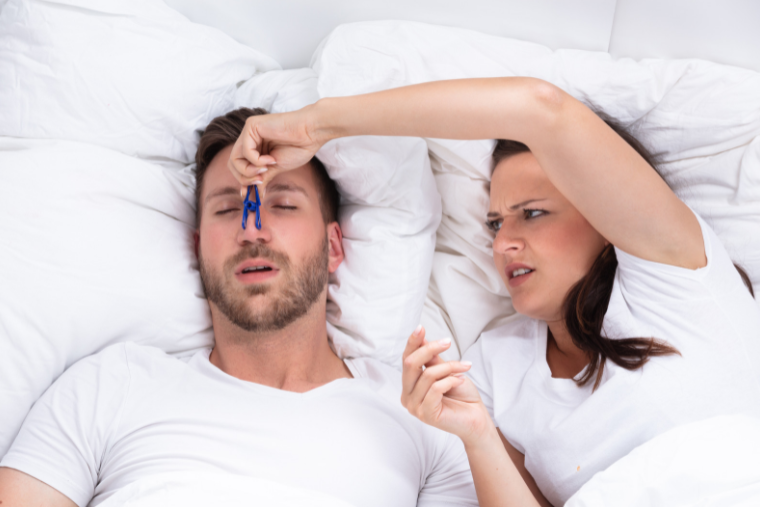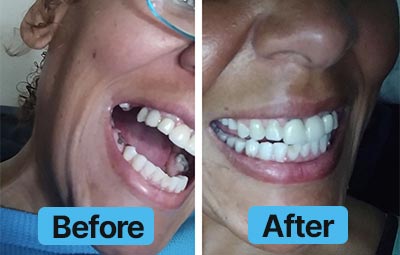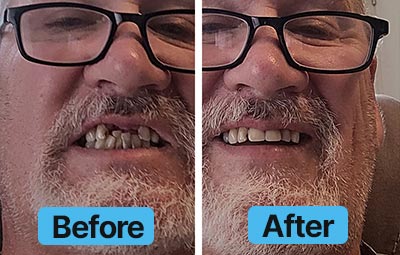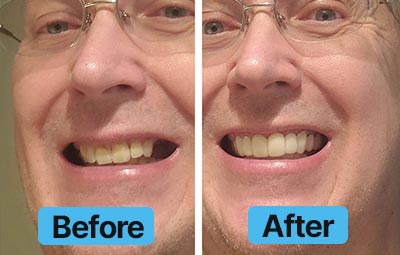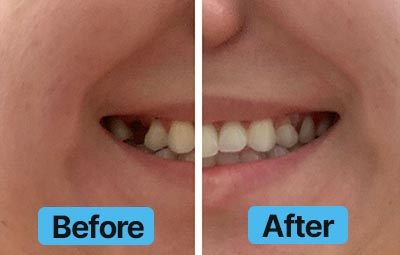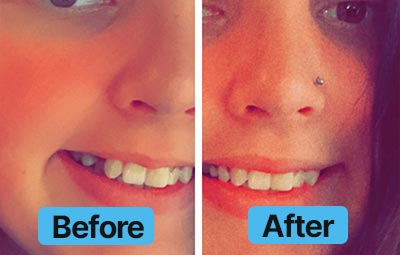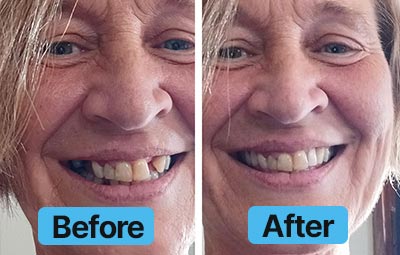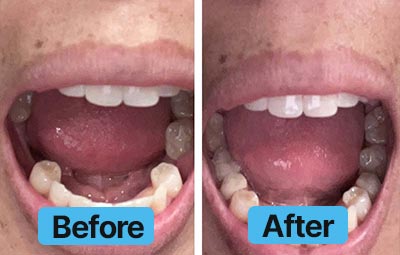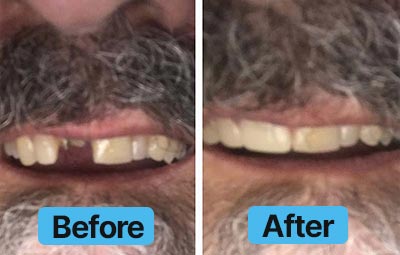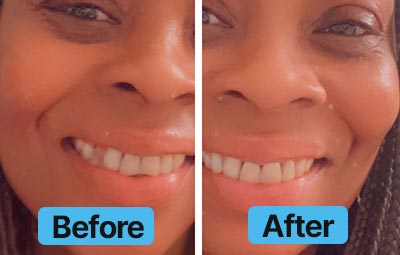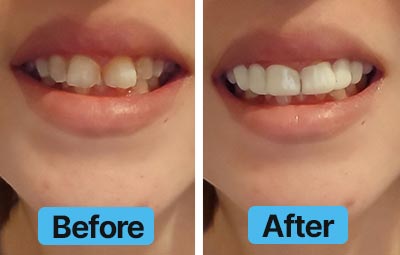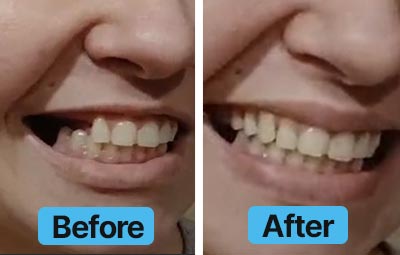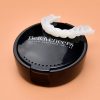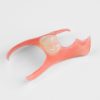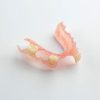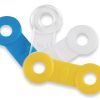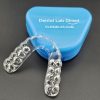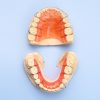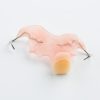If you suffer from sleep apnea, then you’re probably no stranger to using a CPAP machine. Continuous positive airway pressure (CPAP) machines are designed to help alleviate sleep apnea symptoms and improve your overall sleep quality. While they are highly effective, CPAP devices may not be a good solution for everyone for a variety of reasons.
The good news? There are plenty of alternative methods to alleviate sleep apnea symptoms without needing to use a CPAP machine. We’ve compiled a guide to help you find the best sleep apnea solutions for your lifestyle.
What is Sleep Apnea?
Sleep apnea occurs when the soft tissues of the throat relax during sleep, blocking your airway and leading to disrupted rest. During an apnea episode, the oxygen flow to the brain is inhibited, and your body jolts awake to ensure you draw another breath. Because apnea disrupts your sleep cycle, common symptoms include:
- Fatigue
- High blood pressure
- Snoring
- Disrupted sleep
If left untreated, sleep apnea may lead to more serious complications like heart problems and type 2 diabetes. Treating sleep apnea will improve your health, increase your energy levels, and boost your mood.
How Does a CPAP Machine Work?
CPAP machines fit over the mouth and nose to provide a steady flow of oxygen during sleep. The pressure of the CPAP device pushes air through the nose and mouth, ensuring that the back of the throat stays open and unobstructed. These machines ensure that breathing remains regular and uninhibited, and improve sleep quality and overall health.
What are the Drawbacks of Using a CPAP Machine?
Although there’s no doubt that CPAP machines are effective, for some patients CPAP machines are not a feasible treatment plan.
- CPAP machines may be uncomfortable to wear since they cover your entire nose and mouth.
- Since they are pressurized, CPAP machines may be loud and disturb light sleepers or bother sleeping partners.
- Constant airflow in your nose and mouth may result in unpleasant side effects like dryness.
- Additionally, the constant pressurized airflow may make it difficult for patients with underlying respiratory problems to breathe comfortably while using the device.
- Since CPAP machines are specialized medical equipment, they may be more expensive than other apnea treatment methods.
- CPAP machines are not designed to travel easily and may prove to be a bulky and unrealistic treatment method while traveling.
For these reasons, among others, some patients prefer to manage their sleep apnea through alternative methods.
What Are CPAP Alternatives?
CPAP alternatives generally either provide structural adjustments to prevent airway blockage or treat apnea at its root by encouraging lifestyle changes. Depending on the severity of your sleep apnea, you may find that some of these techniques are more effective than others at ensuring you get a good night’s rest.
BiPAP Machines
If you want to stick with a pressurized breathing system, but struggle to exhale with a CPAP, consider switching to a BiPAP device. Similar to CPAP machines in many ways, BiPAP machines also fit over the nose and mouth and push pressurized air into the airway to prevent soft tissues from collapsing. Unlike CPAP machines, which only have one pressure setting, BiPAP devices operate with two pressure settings. BiPAP devices decrease pressure during the exhale, making breathing out easier for individuals with weakened respiratory systems or lung issues. BiPAP machines are a great alternative for individuals who can’t tolerate a CPAP but are required to provide proof of apnea treatment.
Oral Appliances
There are several varieties of oral appliances designed to specifically treat sleep apnea and improve the quality of your rest. These generally work either by adjusting the position of the jaw or securing the tongue to prevent it from obstructing the throat.
- Mandibular Advancement Devices (MADs) are similar to retainers and fit in the mouth over the teeth. MADs work by adjusting the position of the lower jaw to open up the airway. Most MADs are adjustable and generally work best when they are custom-made to fit your mouth.
- Tongue Retention Devices (TRDs) keep your tongue in place and prevent it from falling into your throat during sleep. TRDs attach to the tip of the tongue and hold it in place at the front of the mouth.
Finding an oral appliance that works for you may depend on your individual anatomy and needs. In general, patients who struggle with symptoms of TMJ or have extensive dental modifications may prefer to use a TRD over a MAD since MADs can increase jaw pain and shift teeth.
Surgery
In more extreme cases, patients suffering from sleep apnea may wish to consider surgery to correct the structural elements of their airway or throat. Potential correctional procedures include tonsillectomies, soft palate modification surgeries, or jaw advancement surgery. Although surgery may be a more drastic measure in the short term, it can alter the airway enough so the patient doesn’t need to continue other apnea treatments once they have healed from the procedure.
Lifestyle Changes
Depending on the individual and the severity of the sleep apnea, symptoms can be significantly improved through lifestyle changes.
- Weight Loss
Weight loss and exercise are great places to start when treating sleep apnea. According to the American Sleep Association, weight loss significantly reduces sleep apnea severity, and can lead to better overall sleep long-term. Weight loss is a process that takes time, so individuals seeking immediate relief should incorporate other treatments into their routine in addition to weight loss. - Sleep Position
Another easy at-home remedy to treat sleep apnea is changing your sleeping position. Apnea is more likely to occur when sleeping on your back, so shifting to sleeping on your side may significantly improve symptoms.
- Reduce Substance Use
If you’re a smoker, you may experience increased apnea symptoms due to a swollen airway. Among many other benefits, quitting smoking improves the health of your respiratory system and leads to more restful sleep
Alcohol use also leads to increased sleep apnea since alcohol acts as a sedative and relaxes the muscles and tissues in your throat. This causes increased airway blockage and negatively impacts sleep quality. Consider cutting back on alcohol use in general, or limit alcohol close to bedtime.
- Treat Congestion
Although apnea is most often linked to structural issues in the throat, improving overall respiratory health will help minimize symptoms. Congested or blocked noses due to allergies or illness make breathing more difficult and often result in increased mouth-breathing. Using an over-the-counter antihistamine for allergies or a gentle nasal rinse are both great methods for opening up congested airways.
Finding Your Solution at Dental Lab Direct
Still looking for a CPAP alternative that’s lightweight, comfortable, and easy to use? At Dental Lab Direct, we provide customized apnea-prevention devices guaranteed to improve the quality of your rest.
Dental Lab Direct offers high-quality appliances conveniently delivered to your front door. Our three-step ordering process makes getting your new device a breeze. Once you’ve received our impression kit in the mail, it only takes 15 minutes to make an impression of your teeth in the comfort of your home. Mail the kit back to us and your custom device will be delivered to your home in 2-3 weeks. Improving your sleep is essential for a happy and healthy life. Get started by contacting Dental Lab Direct today to receive your impression kit.
 30 DAY warranty on all custom-made products | 1,000+ 5 Star ★★★★★ Reviews
30 DAY warranty on all custom-made products | 1,000+ 5 Star ★★★★★ Reviews